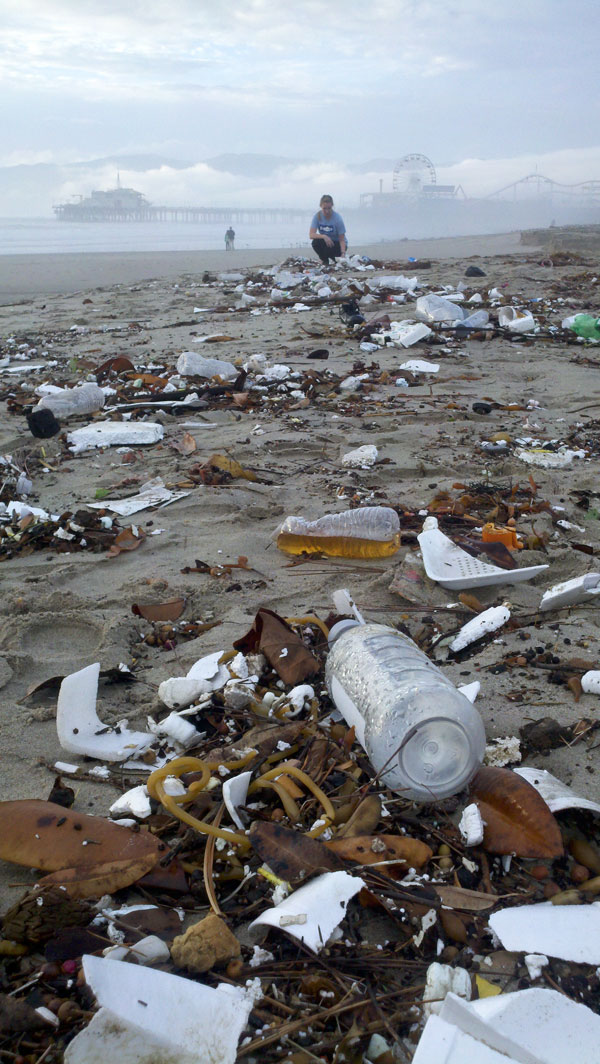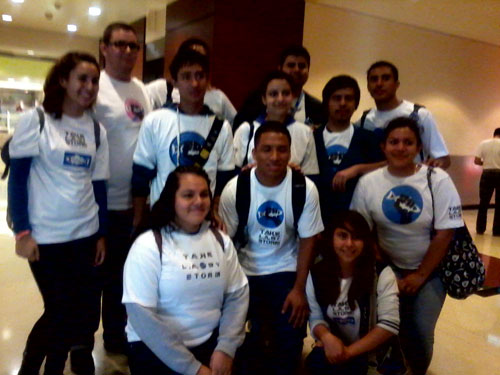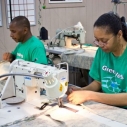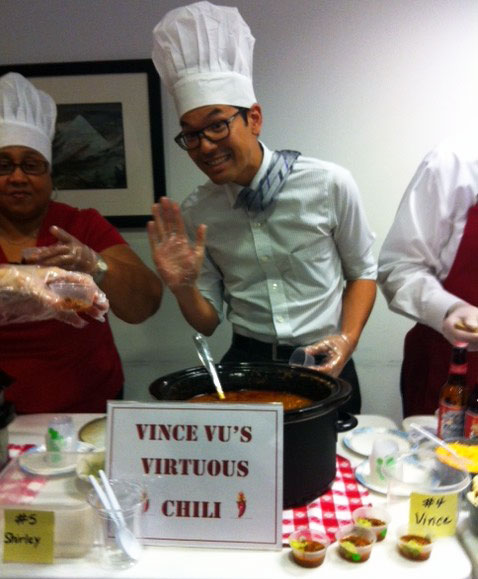This morning, after listening to the rain fall on my roof all night and waking up to soggy streets, I put on my raincoat and trekked out to see what the stormdrains were pumping out onto the beaches. What I found was quite shocking — this being my first time witnessing what Heal the Bay calls “First Flush,” or the first significant rainfall of the year.
I ventured out to the Pico/Kenter stormdrain and saw runoff flowing fast out onto the Santa Monica beach, carrying along with it strong smells reminiscent of motor oil and gasoline, hundreds of plastic cups, chip bags, soda cans, an unusually high number of tennis balls, plastic bags (some full of pet waste), bits of Styrofoam, bottle caps, and more urban detritus. It was a saddening and somber sight, to say the least.
No bucket or trash bag could clean up the mess that was before me. And the worse part about it was thinking of all the trash that I didn’t see, that ended up tossed around in the heavy surf and pulled out to sea, only to wash up on distant shores — if it wasn’t first mistaken for food by some unfortunate marine creature. And then there’s all that unseen bacteria and other pathogens spewing into the sea, ready to pounce on the surfers at Bay Street who are unable to stay out of the water when there’s decent swell.
These photos speak for themselves.

The First Flush often carries higher levels of trash/debris, pet waste, fertilizers, toxic chemicals, and automotive fluids through our neighborhoods and into our local creeks, rivers, and ocean environments. This runoff is a main source of pollution to our local waterways, because unlike sewage, this polluted water receives no treatment or screening and flows freely along our streets into the catch basins and out into the network of open channels, creeks, and rivers until it reaches the ocean. All this runoff flows through a 5,000 mile-long storm drain system that drains the Greater Los Angeles area.
So be prepared for possible localized flooding from plugged catch basins due to the large amounts of trash clogging the openings. If this happens, then please call it in to the local agency so that they can unplug the drain. Consult this listing of county hotlines.
In addition, avoid surfing or swimming this weekend. Even if the surf is up, the sun is out, and the rainstorm has passed, health officials generally recommend to stay out of the ocean water for more than 72 hours and avoid stormdrain impacted and enclosed beaches for 5 to 10 days after a storm. The reason to stay out of the ocean? This runoff can cause a variety of human pathogens, which can cause illnesses like respiratory infection or stomach flu. Near flowing storm drain outlets, bacteria indicator counts are approximately 10 times higher at ankle depth – where small children typically play – than at chest depth.
How will you know when it’s safe to return to the water? Always check our Beach Report Card for the water quality of your favorite or local beach prior to visiting it.
And yes, there are simple things you can do to help. Heal the Bay reminds L.A. residents that they can take steps in their own homes and neighborhoods to take pressure off an already taxed storm drain system: Join a local group clean-up, keep trash out of gutters and storm drains, and dispose of animal waste and automotive fluids properly. Find out more tips on how you can get involved.
Seeing all that manmade waste on the beach this morning saddened me, but there is hope in a new initiative afoot that could reduce the impact of stormwater and have a real positive impact on local water quality – Los Angeles County’s Clean Water, Clean Beaches Measure. This program is an opportunity for Los Angeles County residents to reduce harmful trash and pollution in our waterways and protect local sources of drinking water from contamination. Read more about the measure.
-Ana Luisa Ahern, Campaigns Manager






 We’d long known
We’d long known 
